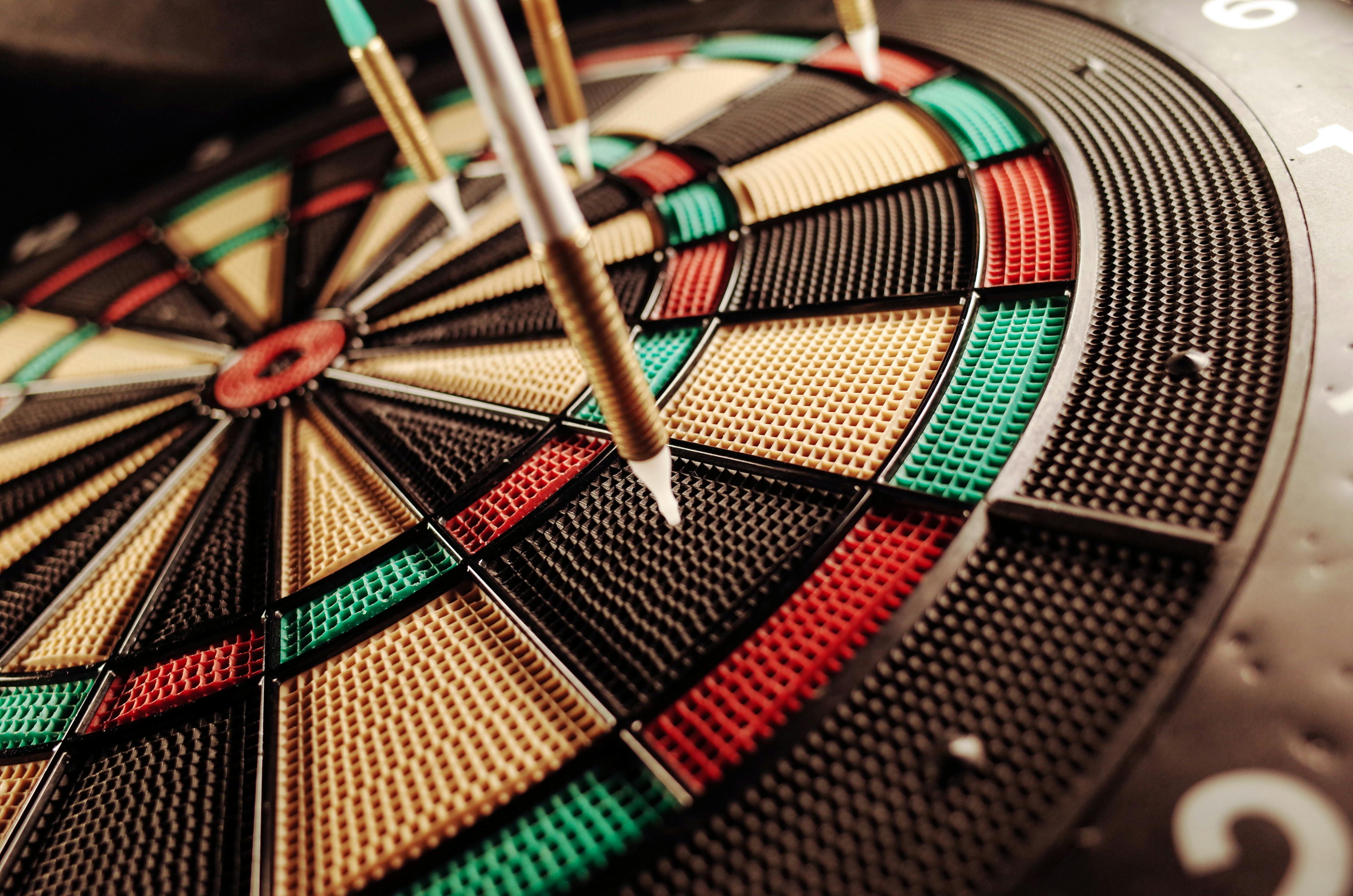
PC Troubleshooting 101
Troubleshooting your PC requires hard work. If you are an expert in it, a technician would no longer be needed to solve the problem. But if you think the problem is beyond your means, you’d better hire someone who knows how to handle your PCs very well.
But before asking for help, you can do some basic strategies to detect the problem in your PC software. Here is a list of things you can do:
. Restart the computer. Minor problems usually correct themselves after a system reboot.
. Check the cables and make sure everything is plugged in.
. Test electrical power. Plug a device into the same outlet that your computer is plugged into. This rules out the possibility that your outlet is not working.
. Make sure the monitor and CPU are connected to the power supply.
. Disconnect peripheral devices, such as your external Zip drive or your printer. Reboot the computer afterwards.
. Take note of unusual sounds. The hard drive may be making too much noise, or the cooling fan may no longer be working.
. Check the inside of the computer for any disconnected cables. Bad connections are common PC software problems.
. Use an external startup disk to run the computer. A good example would be a software CD that came with your PC.
These basic steps can go a long way in troubleshooting your PC. Be sure to use these methods before calling a technician. Remember, minor glitches are easily resolved and handled on your own. It would also be less expensive if you tried to take safe and easy steps to troubleshoot your PC.
Tips to guide you through
. Before you decide to call technical support for PC troubleshooting, write down the exact problem and convey what you were doing when the problem occurred. Write down the error messages that appeared on your screen, as this may help to fix your device.
. Be very specific when explaining the problem. Please report all the texts and signs you have seen on the screen so that the technicians can handle the PC software more properly.
. Free up some of your hard drive space from unnecessary files. Many customers who have requested PC troubleshooting have almost full hard drives. Remember to empty the Recycle Bin afterwards to clean your hard drive of these files.
. When troubleshooting your PC, remember not to remove RAM. Leave the cables connected to the surge suppressor while you work inside the PC.
. Remember to ask for help if the problem is beyond your skills and abilities. PC troubleshooting is best handled by professionals who can best take care of your PC software and other components.
Property of RecoverMyPc Inc.